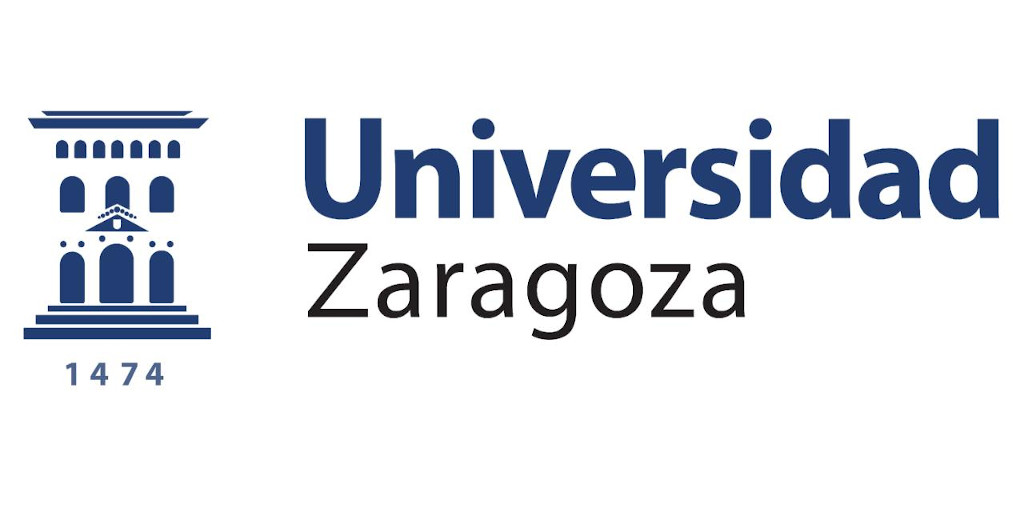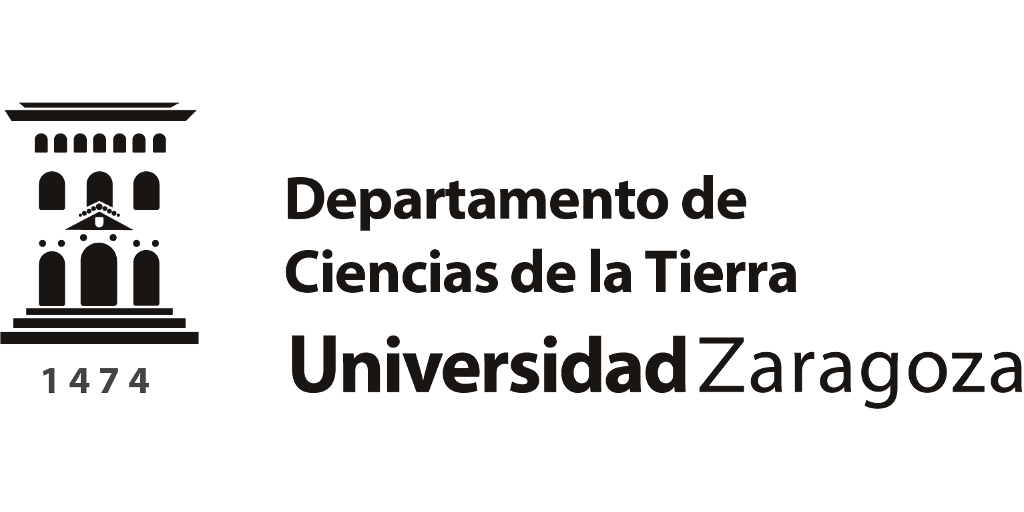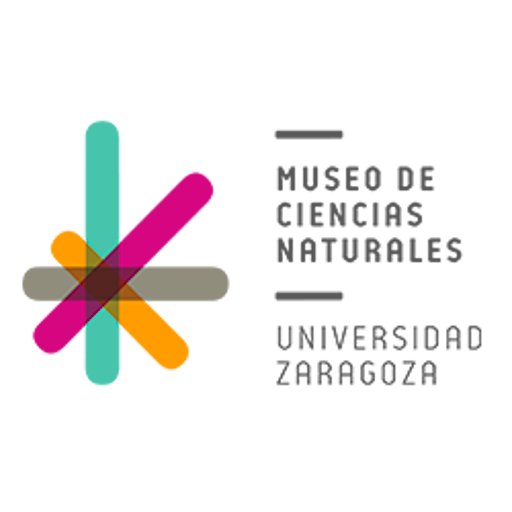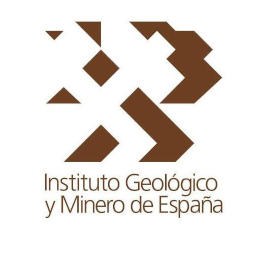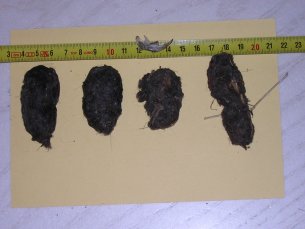Para reconstruir el paleoambiente y las paleotemperaturas durante el Pleistoceno la tesis de Aurélien analizará la biodiversidad y la composición isotópica del oxígeno de los pequeños mamíferos. En Zaragoza analiza el ∂18O de los dientes de topillos actuales (Arvicolinae, Rodentia) de regiones muy diferentes de la Península Ibérica, desde los Pirineos Navarros, Aragoneses y Catalanes hasta Burgos, Madrid y Zamora. La idea de analizar la composición isotópica en los topillos actuales es bastante novedosa puesto que servirá como hipótesis de partida para conocer cómo los roedores registran las condiciones climáticas en sus valores de ∂18O y en ambientes distintos. Gracias al material de egagrópilas (las bolas de pelo y huesos que expulsan los búhos, lechuzas y en general las aves rapaces, pero especialmente las nocturnas) que hemos ido recogiendo durante los últimos 25 años en aragosaurus, Aurélien ha preparado unas 60 muestras para su estudio y comprobación y contrastación de su hipótesis.
Los directores de la Tesis de Aurélien Roger son los profesores Sophie Montuire (EPHE y UMR CNRS 5561 Biogéosciences) y Christophe Lécuyer - UMR CNRS 5125 Paléoenvironnements et Paléobiosphère,
, ambos especialistas en reconstrucciones paleoambientales utilizando fósiles de mamíferos en particular y de vertebrados en general.
A continuación el texto original enviado por Aurélien.
Oxygen isotope analysis of phosphate in tooth enamel of mammals (∂18O) are widely used as proxies to reconstruct past air temperatures in continental environments. This method is based on the interdependent relationships existing between the ∂18O value of apatite phosphate, the ∂18O value of body fluids, the ∂18O value of environmental waters (which is mostly drinking water) and mean air temperatures. In order to reconstruct paleoenvironments and paleoclimates during the Pleistocene, my PHD thesis focuses on the study of biodiversity and oxygen isotope composition of small mammals. By analyzing the ∂18O of extant arvicoline teeth recovered from many geographic locations, the first objective is to better understand how rodents record climatic conditions in their ∂18O values under various environments. Thanks to the University of Zaragoza and to Pr. Gloria Cuenca Bescós, who gave me access to their collection of extant rodents, I was able to prepare sixty present-day arvicoline teeth samples coming from the north of Spain and from the center of France.
Phd thesis student, E.P.H.E and Université de Claude Bernard Lyon 1, Laboratoire de Paléoenvironnement et Paléobiosphère.
En la foto unas egagrópilas de la provincia de Burgos con una de las mandíbulas de topillo extraída de una de ellas.
Los directores de la Tesis de Aurélien Roger son los profesores Sophie Montuire (EPHE y UMR CNRS 5561 Biogéosciences) y Christophe Lécuyer - UMR CNRS 5125 Paléoenvironnements et Paléobiosphère,
, ambos especialistas en reconstrucciones paleoambientales utilizando fósiles de mamíferos en particular y de vertebrados en general.
A continuación el texto original enviado por Aurélien.
Oxygen isotope analysis of phosphate in tooth enamel of mammals (∂18O) are widely used as proxies to reconstruct past air temperatures in continental environments. This method is based on the interdependent relationships existing between the ∂18O value of apatite phosphate, the ∂18O value of body fluids, the ∂18O value of environmental waters (which is mostly drinking water) and mean air temperatures. In order to reconstruct paleoenvironments and paleoclimates during the Pleistocene, my PHD thesis focuses on the study of biodiversity and oxygen isotope composition of small mammals. By analyzing the ∂18O of extant arvicoline teeth recovered from many geographic locations, the first objective is to better understand how rodents record climatic conditions in their ∂18O values under various environments. Thanks to the University of Zaragoza and to Pr. Gloria Cuenca Bescós, who gave me access to their collection of extant rodents, I was able to prepare sixty present-day arvicoline teeth samples coming from the north of Spain and from the center of France.
Phd thesis student, E.P.H.E and Université de Claude Bernard Lyon 1, Laboratoire de Paléoenvironnement et Paléobiosphère.
En la foto unas egagrópilas de la provincia de Burgos con una de las mandíbulas de topillo extraída de una de ellas.
LUGAR

